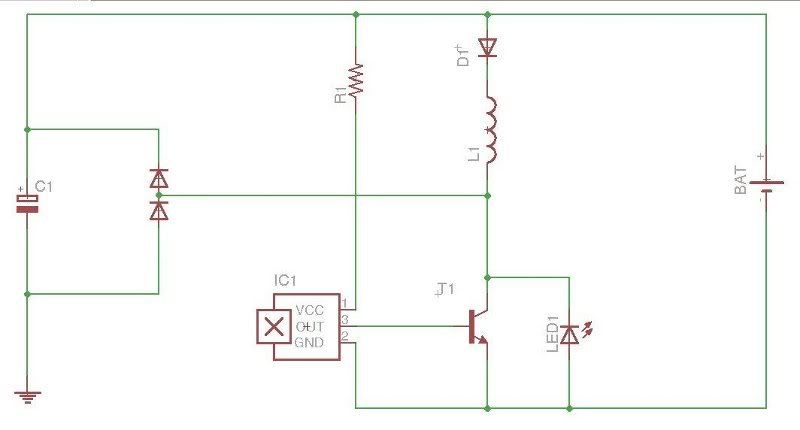Originally posted by Bruce_TPU
View Post
looks a bit of a mess. it has given the best figures so far.
I only need a few more watts to go 1:1 ratio.
I like litz wire because it is versatile for research


 . I decide to make my own, just enough to test one coil set. Due to the wire avail. I made 6 filar and filled both coils, fitted with ferrite cores and connected strands as described in previous posts. I also hooked up second pair of single strand and doubled FWBR. Now I have both FWBR's in parallel plus 22,000uF across DC. There is more current to the load but slightly less rpm with second bridge connected. I didn't measure anything yet, just visual and scope.
. I decide to make my own, just enough to test one coil set. Due to the wire avail. I made 6 filar and filled both coils, fitted with ferrite cores and connected strands as described in previous posts. I also hooked up second pair of single strand and doubled FWBR. Now I have both FWBR's in parallel plus 22,000uF across DC. There is more current to the load but slightly less rpm with second bridge connected. I didn't measure anything yet, just visual and scope.


 I only burnt one MJL so far and that was my mistake. I used shicklay and totem poles for switching before and they worked well also, in solid state running much faster than this device. I'll give a try. I need to read back all Slider's post. This is interesting.
I only burnt one MJL so far and that was my mistake. I used shicklay and totem poles for switching before and they worked well also, in solid state running much faster than this device. I'll give a try. I need to read back all Slider's post. This is interesting.


Comment